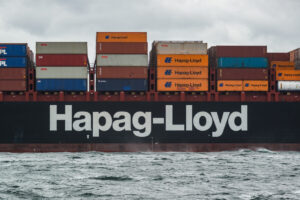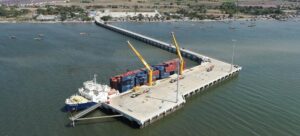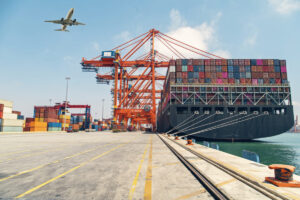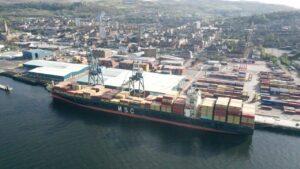The Port of Valencia (PAV) has unveiled plans to build a new, semi-automated container terminal as it seeks to become a major transhipment European hub.
Valencia, the second busiest port in Spain and the Mediterranean and sixth in Europe, as of 2015, handles approximately 4.4 million TEU a year.
Its ambition is to establish itself as the third busiest port in Europe by overtaking Algeciras, Bremen and Hamburg.
The plans for the new container terminal are designed to help it service the largest ships in the world, which can carry 24,000 TEU, as well as position it to utilize automated technology in the future.
Read more about how ports are adapting to global challenges by reading a Port Technology technical paper
In preparation for the new container terminal, PAV will build a 2 kilometre long berthing line, an adjacent yard of 137 hectares and a maritime access channel with a draft of 22.50 metres.
PTI News – Circular Economy Launched in Valencia
It will also lay connecting roads and railways between the site and the general port network. It will then grant the quay as a concession on either a 35 or 50 year deal, on either a partial or full occupancy basis.
Todo sobre la nueva terminal de contenedores de Valenciaport. Planos, recreaciones sobre imágenes reales, documentación explicativa y valoraciones en video. @GVAhabitatge @PuertosEstado @fomentogob @ESPOSecretariat https://t.co/Lhp91i7MbD
— Valenciaport (@AutPortValencia) October 20, 2018
In setting out its plans for potential tenderers, the port says the new terminal must be equipped “the latest technology”.
In its statement on the new container terminal plans, PAV said: “The new container terminal has been conceived by PAV to exploit the strengths of Valencia as an import/export and transit port with a capacity of around 5 million TEUs, complementing the existing terminals' capacity to accommodate the expected container traffic at the port of Valencia by 2050”.










